Your home’s first line of defense against the elements is your roof, and curling shingles threaten its integrity. Not only do they invite water damage, but they also shorten the lifespan of your roof, potentially leading to a full roof replacement. At Shield Roofing, our professional roofing contractors have seen every type of curling shingle issue across San Antonio, TX. We’re here to help you identify the warning signs, understand the causes, and find the best solution—whether that’s a simple repair or a complete overhaul.
Recognizing Lifted or Curling Shingles on Your Roof
Detecting curling or lifted shingles early can make the difference between a quick fix and expensive roof repairs. You might spot curled shingles by observing uneven edges or tabs that don’t lie flat against the roof. Regular inspections of new shingles for signs of damage are essential for catching these signs before they escalate into major roofing problems.
During these checks, proper maintenance involves looking closely for visible signs of curling shingles, especially after severe weather. Staying vigilant can help you address minor issues before they lead to leaks or more severe damage.
Common Visual Signs Every Homeowner Should Look For
Regularly inspect your roof for signs of curling or lifted shingles to maintain its structural integrity. Look for curling asphalt shingles, often noticeable at the edges or center, and check for any that are lifting or buckling, as these may signal underlying issues that could lead to roof leaks. Watch for water damage indicators like discoloration or stains on interior ceilings. Additionally, monitor for granule loss, which can reduce your roof’s lifespan and contribute to moisture retention. These visual cues can help prevent further deterioration and leaks.
Inspecting from the Ground vs. Up Close: Safety and Tips
Ensuring safety during roof inspections is crucial. Begin from the ground for a preliminary evaluation of your shingles, looking for curling edges or unusual shapes that may indicate structural issues. Binoculars can help provide a closer look without risking safety.
For a detailed assessment, carefully venture onto the roof using proper safety gear and equipment. Bring tools like a pry bar, roofing nails, and cement for minor repairs. Examine each shingle’s surrounding area for signs of leaks or water damage. Regular inspections can prevent small problems from escalating into major issues needing professional intervention.
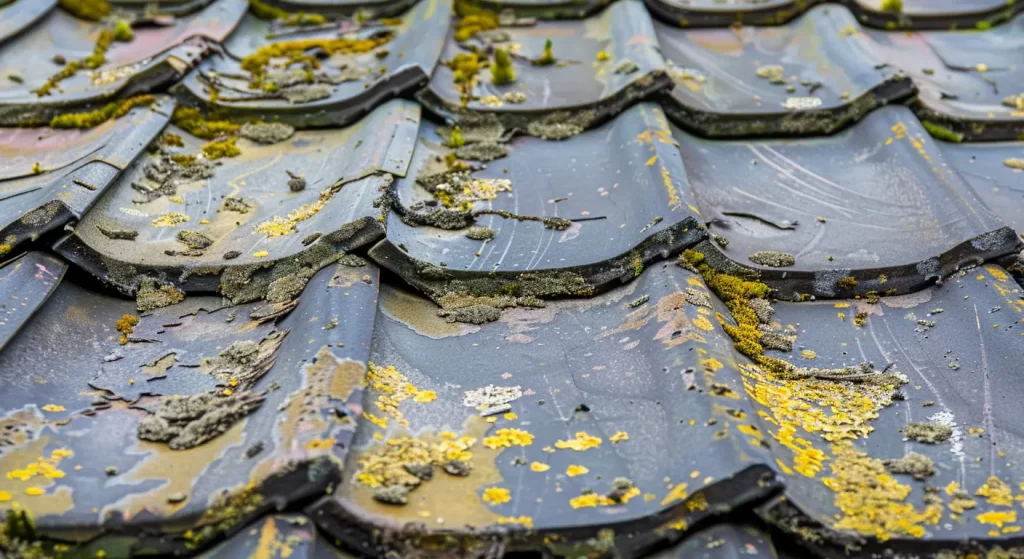
What Causes Shingles to Lift or Curl?
Shingle curling and lifting result from a variety of causes, often working together to weaken your roof. Poor attic ventilation is a leading factor, as trapped heat and moisture accelerate shingle decay. Improper installation—using the wrong techniques or materials—can leave shingles vulnerable to high winds and extreme weather conditions. Over time, prolonged exposure to San Antonio’s harsh climate further contributes to shingle curling. Identifying the specific cause is crucial for finding the right fix and preventing further roofing problems.
Weather, Age, and Common San Antonio, TX Climate Factors
Extreme weather in San Antonio, TX, combined with the age of your roof, can significantly affect its integrity. High temperatures can cause asphalt shingles to curl or lift, leading to leaks and damage. Strong winds may displace shingles, increasing the risk of water intrusion.
Regular inspections are crucial for spotting curling shingles, especially where poor attic ventilation worsens roofing issues. Recognizing these local climate factors aids in identifying potential problems and informs effective maintenance strategies to extend your roof’s lifespan, ultimately preventing costly repairs.
Installation Errors and Material Quality Issues
Shingle installation and material quality significantly affect your roof’s longevity. Poor installation techniques, like incorrect nailing or inadequate sealing, can lead to curling. Low-quality or off-brand shingles further increase the risk of premature failure.
Certified roofing professionals, such as Shield Roofing, use trusted brands like Owens Corning and GAF. Proper nail placement and secure adhesives reduce shingle curling and extend your roof’s lifespan.
If you notice curling soon after installation, consider whether material quality or installation errors are at fault. Investing in a reputable contractor and high-grade materials ensures your roof’s durability.
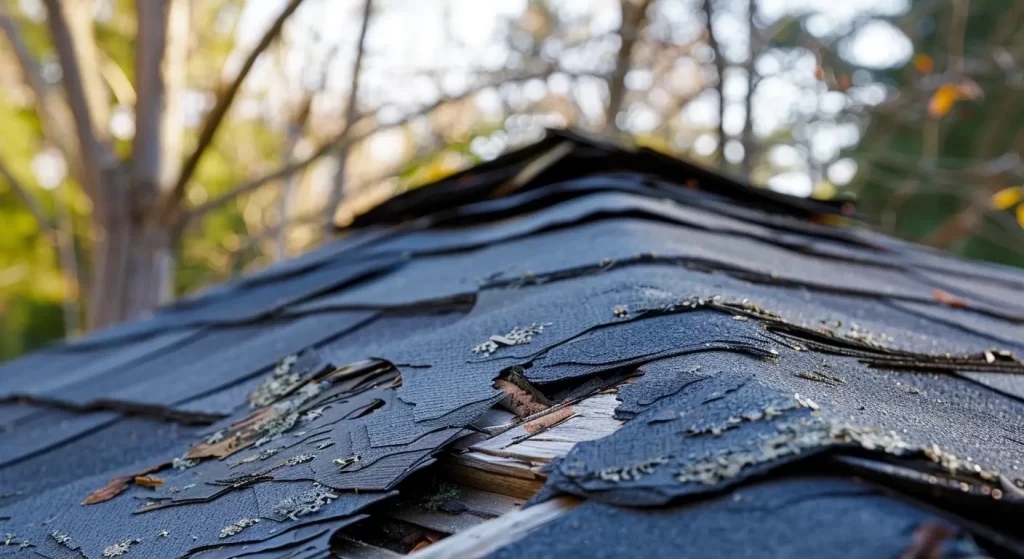
Assessing the Severity and Risks of Curling Shingles
Not all curling shingles present the same risks. Minor curling might be resolved with a simple repair, but widespread shingle curling or lifted tabs can point to underlying issues or severe damage, ultimately impacting the longevity of your roof. Ignoring these warning signs increases the likelihood of costly repairs and even total roof replacement.
By assessing the extent of curling shingles and inspecting for water damage, you can determine whether immediate action is needed. Let’s examine how curling shingles threaten your roof’s structural integrity and when it’s time to act fast.
How Curling Shingles Can Lead to Leaks or Structural Damage
When shingles curl, they lose their watertight barrier, compromising the structural integrity of your roof and exposing your home to water intrusion and several risks:
- Water seeps under curled shingles, risking leaks in the attic or ceilings.
- Moisture exposure fosters mold growth and wood rot.
- Undetected leaks can compromise roof framing integrity.
- Ongoing water damage may lead to costly repairs or a full roof replacement.
When the Problem Demands Urgent Action
Some curling shingle issues require immediate attention. Severe signs—like widespread curling, missing shingles, or visible interior water stains—indicate that further damage may occur.
If you notice sudden leaks, multiple missing shingles, or water damage inside your home, urgent action is essential to avoid costly repairs. Delaying repairs can let water infiltrate deeper, leading to rot and structural failure.
Whether to repair or replace depends on the damage extent and your roof’s age. A professional inspection from Shield Roofing will determine if a targeted repair or a new roof is the best solution for your needs. We will assess your situation and provide the best recommendations tailored to your requirements.
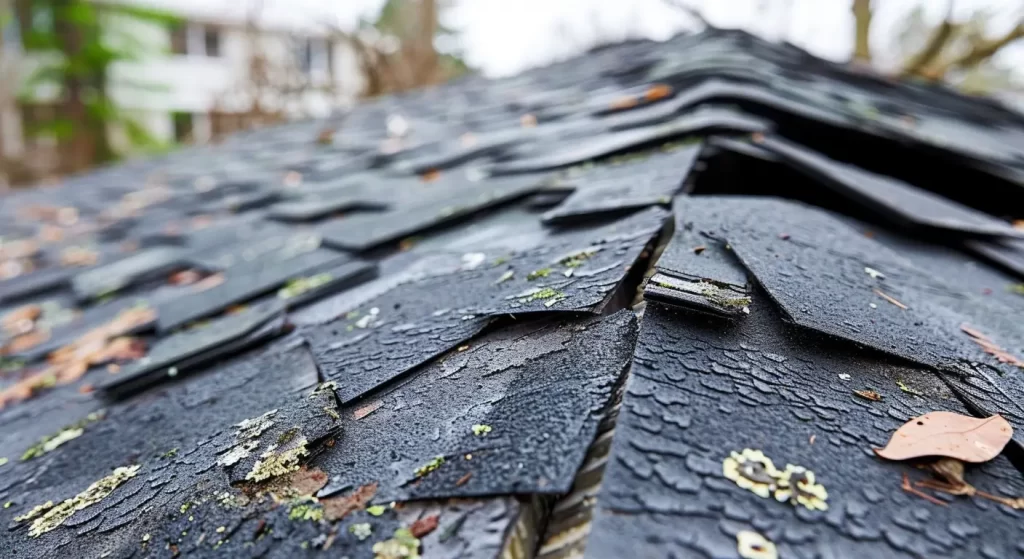
When to Call in Shield Roofing
Sometimes, a DIY fix isn’t enough—especially if multiple shingles are curling, or if you spot signs of water damage. That’s when San Antonio homeowners trust Shield Roofing. With over 25 years of experience, our certified team assesses your roof’s condition to recommend either targeted repair or a full roof replacement, always tailored to your specific needs.
For lasting results and peace of mind, let us handle even your toughest roofing problems. We’re here to help, every step of the way.
Deciding Between Repair and Full Replacement
Deciding to repair or replace your roof depends on several factors. Assessing the extent of the damage is key: minor issues like curling shingles or localized leaks may only need simple repairs, preserving structural integrity at a lower cost. In contrast, widespread curling or water intrusion often necessitates a full replacement for long-term protection.
Consulting a professional roofing contractor can clarify your options. They can identify underlying issues such as poor attic ventilation or weather damage, guiding you to the best solution for your needs. Regular inspections can also help you address potential issues like leaks early, reducing the risk of costly repairs later.
Benefits of Choosing Certified Local Experts in San Antonio
Choosing certified local roofing experts in San Antonio, TX enhances your roof’s durability. These professionals understand the local climate challenges that affect shingle performance. Their expertise helps identify curling shingles and prevent water intrusion. Hiring a certified contractor, like an Owens Corning Preferred Contractor or GAF member with a BBB A+ rating, ensures quality materials and modern installation techniques. Local experts also provide routine maintenance and inspections to catch leaks early, saving homeowners from costly repairs.
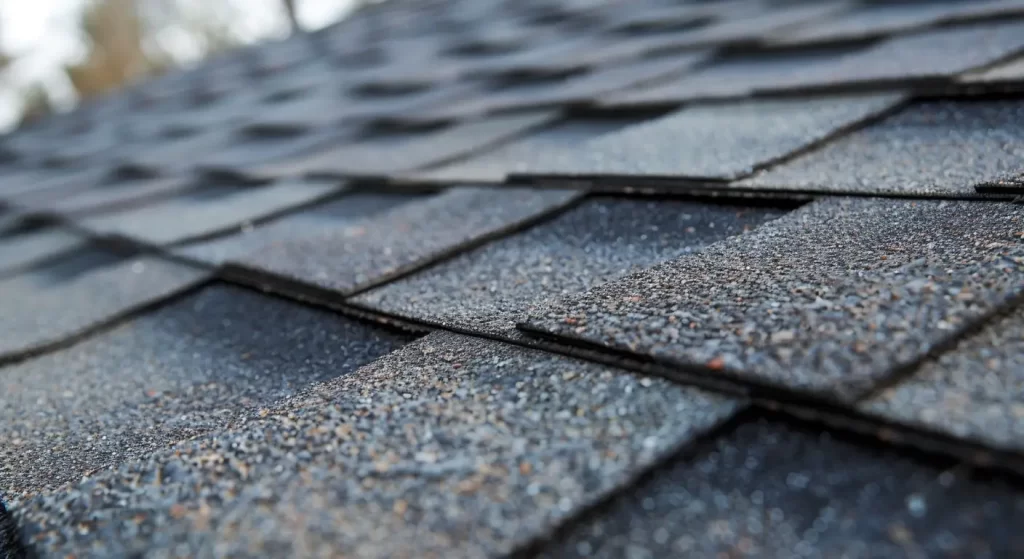
Get in Touch
Addressing lifted or curling shingles is vital for your roof’s longevity and safety. Regular inspections can prevent costly repairs. Whether you handle minor fixes or hire professionals like Shield Roofing, maintaining your roof is essential. With over 25 years of experience, our team offers expert solutions tailored to San Antonio’s weather challenges. Contact us for a professional consultation to ensure your roof remains durable and lasting!
Read our blog: Emergency Hail Damage vs. Wind Damage: What’s the Difference?
Frequently Asked Questions
How to tell if shingles are lifting?
Signs of curling shingles or lifting asphalt shingles include edges that visibly curl upward, uneven tabs, and gaps between the shingle and the roof surface. A careful visual inspection around the edges of the shingles can reveal early signs of curling or potential structural damage.
Can lifted shingles be repaired?
Yes, minor roof repairs for lifted or curling shingles are possible. Using roofing cement for a simple repair can flatten and reseal individual curling shingles. However, if the damage is widespread, consulting a roofing contractor is the safest way to restore your roof’s integrity.
